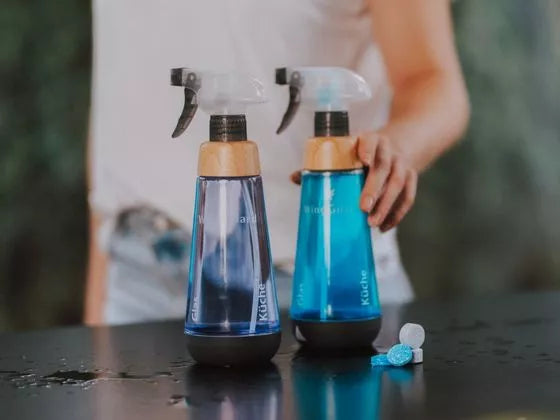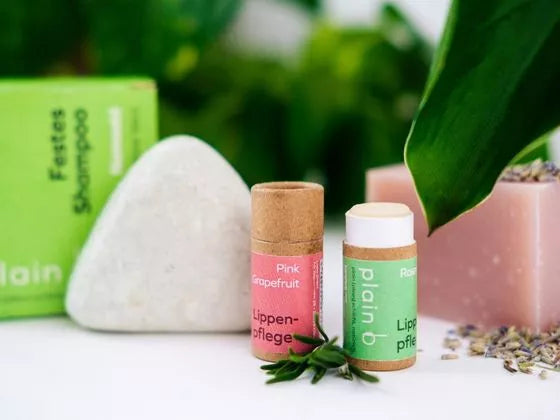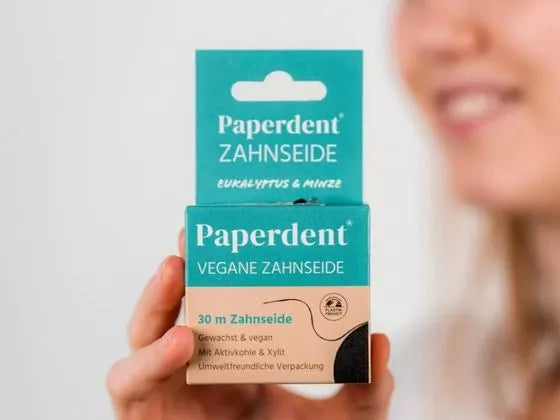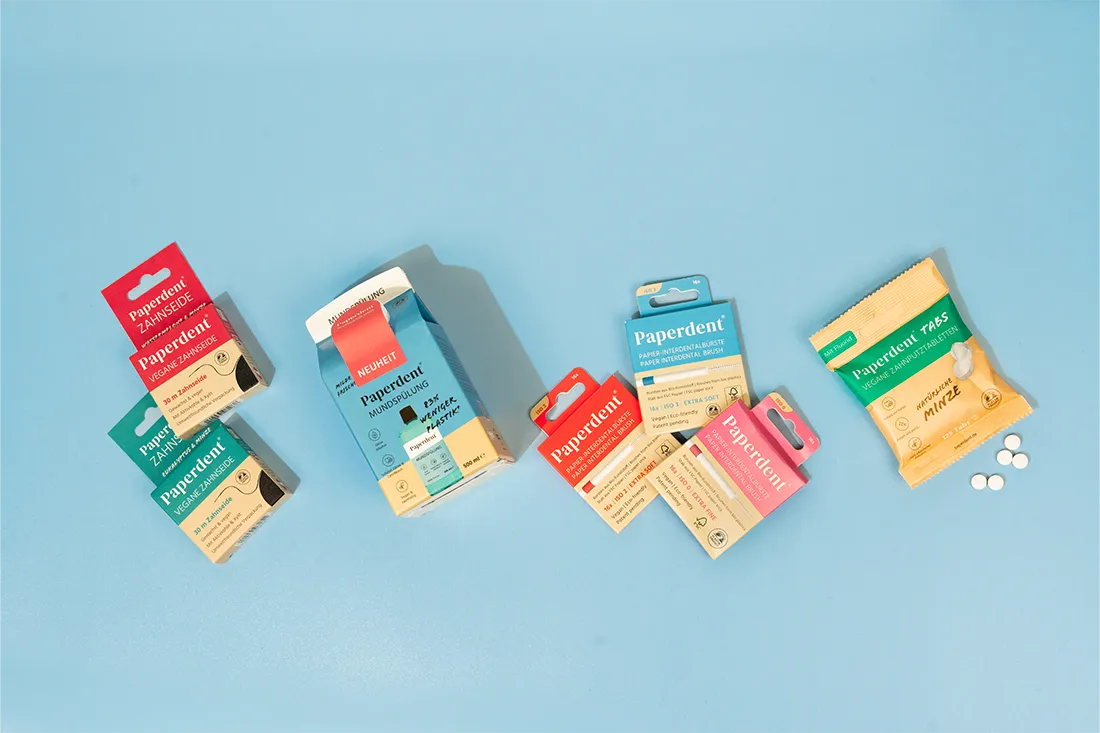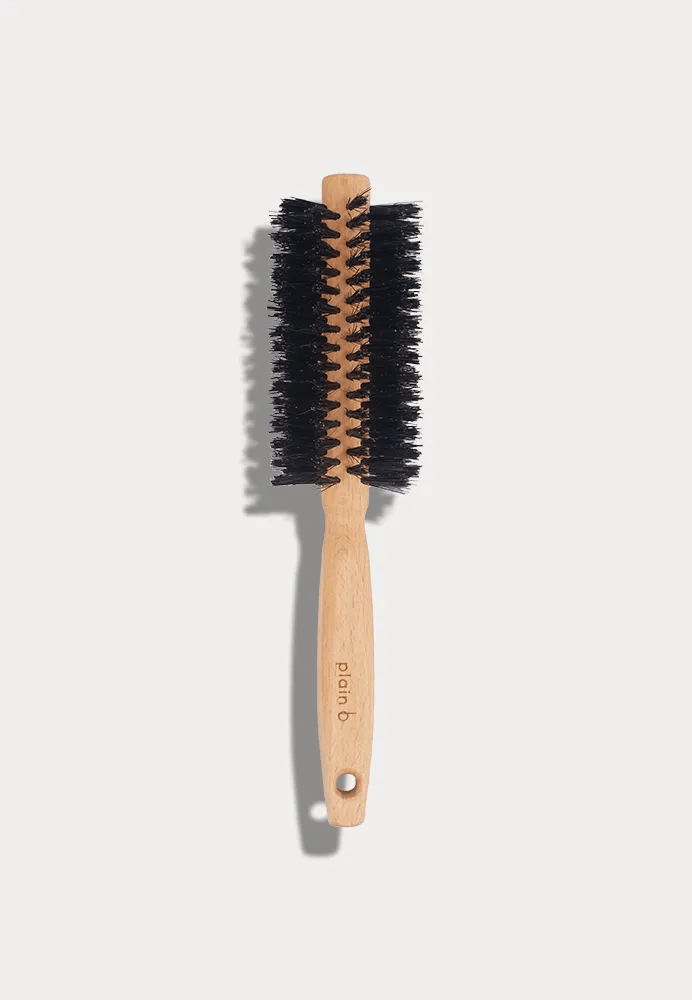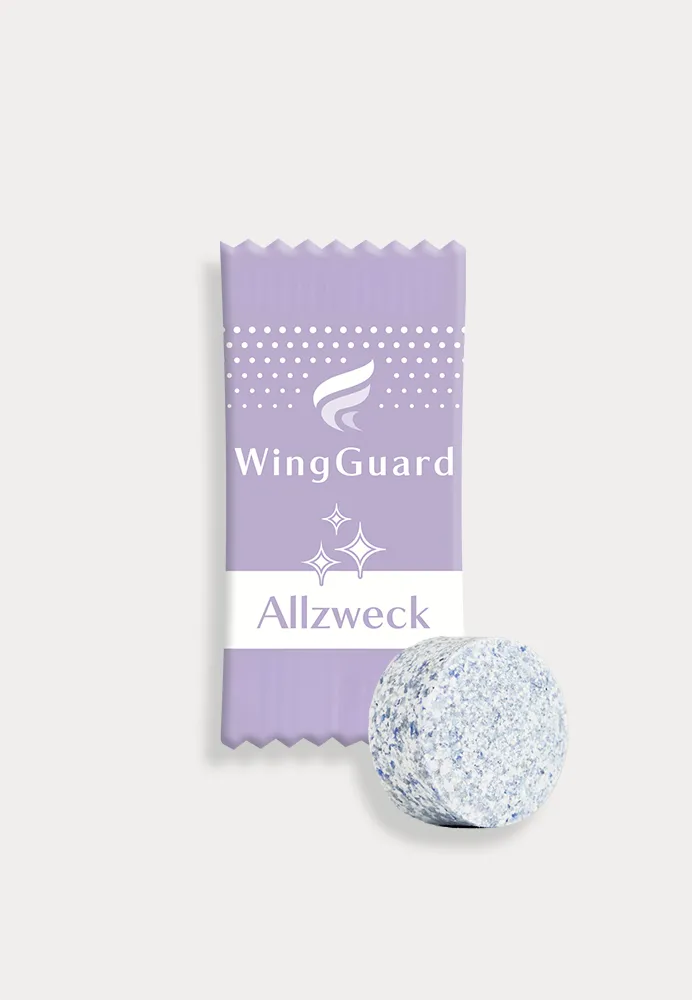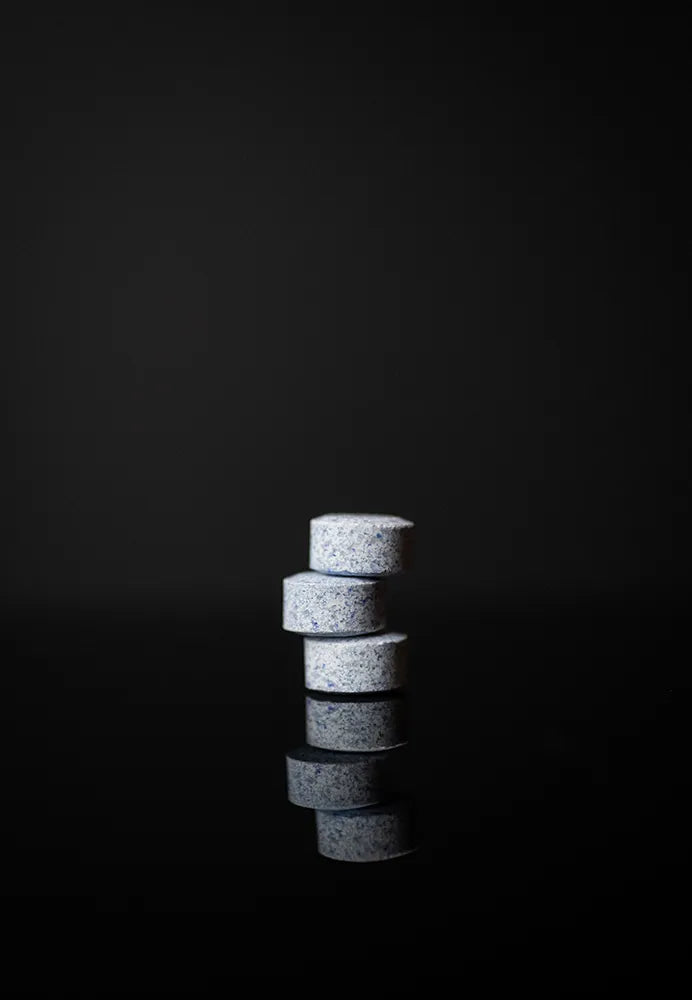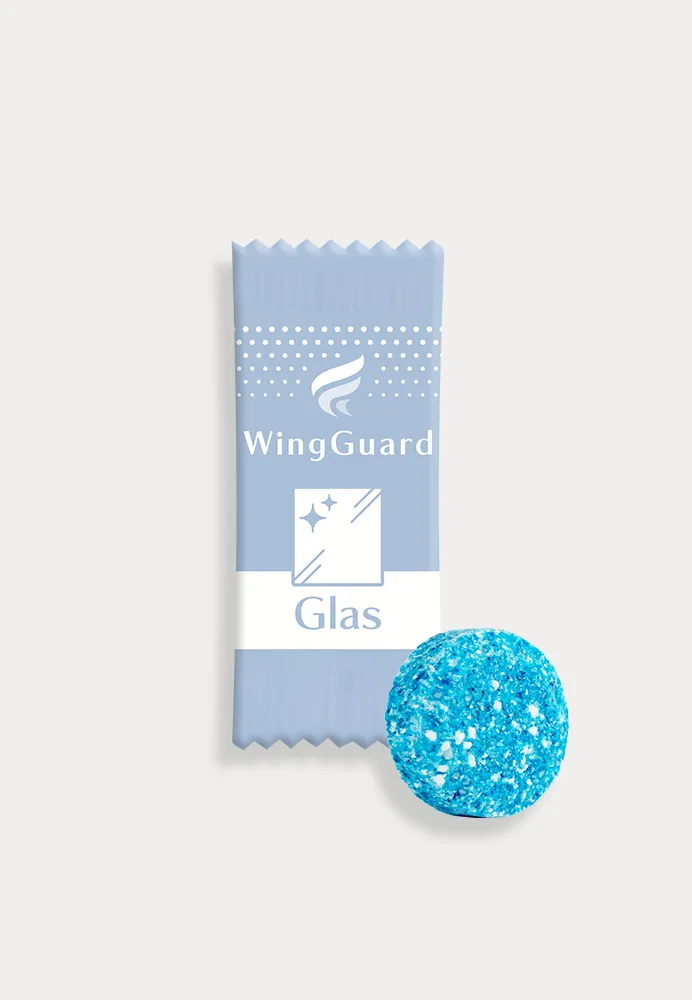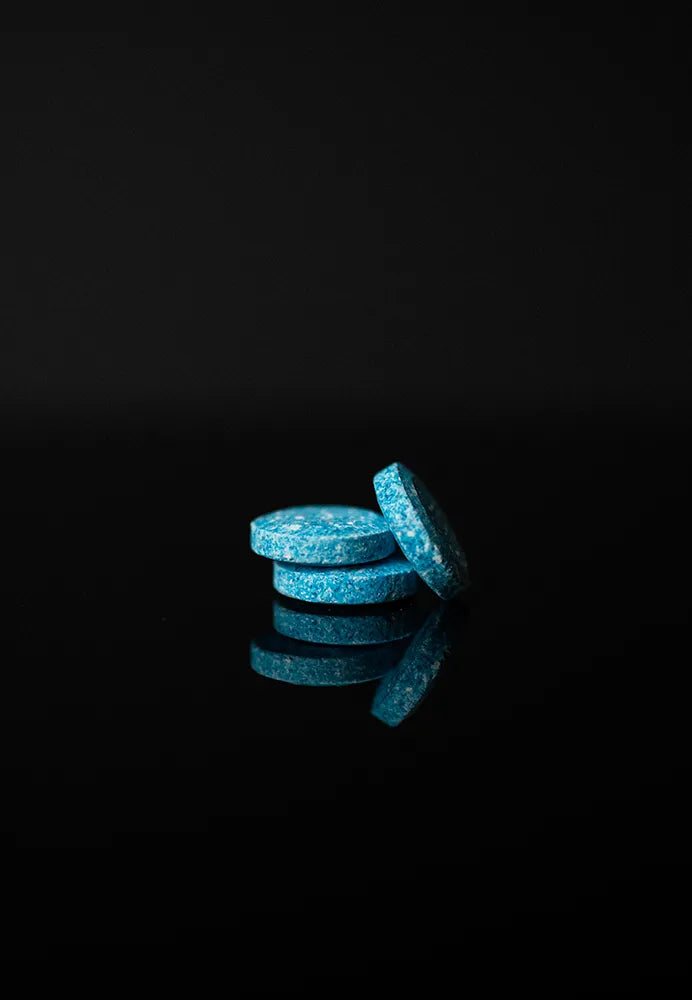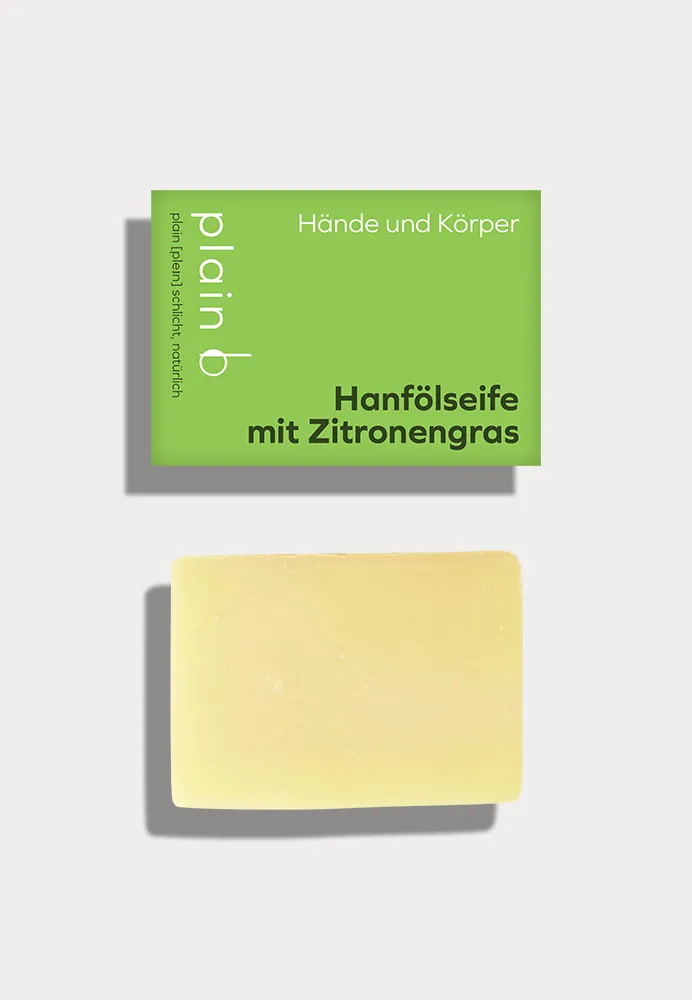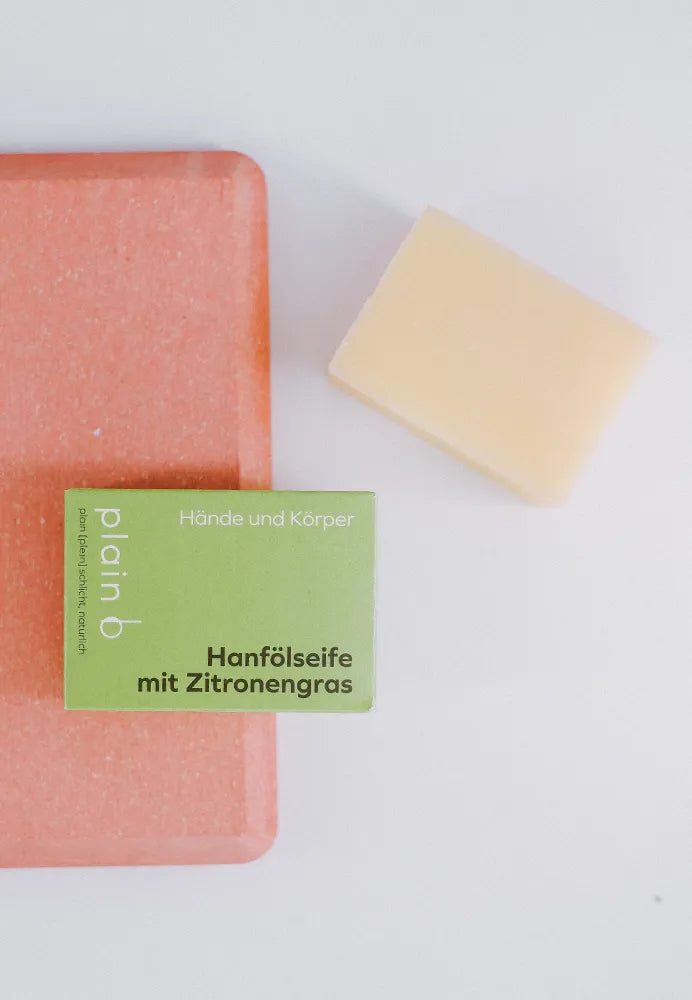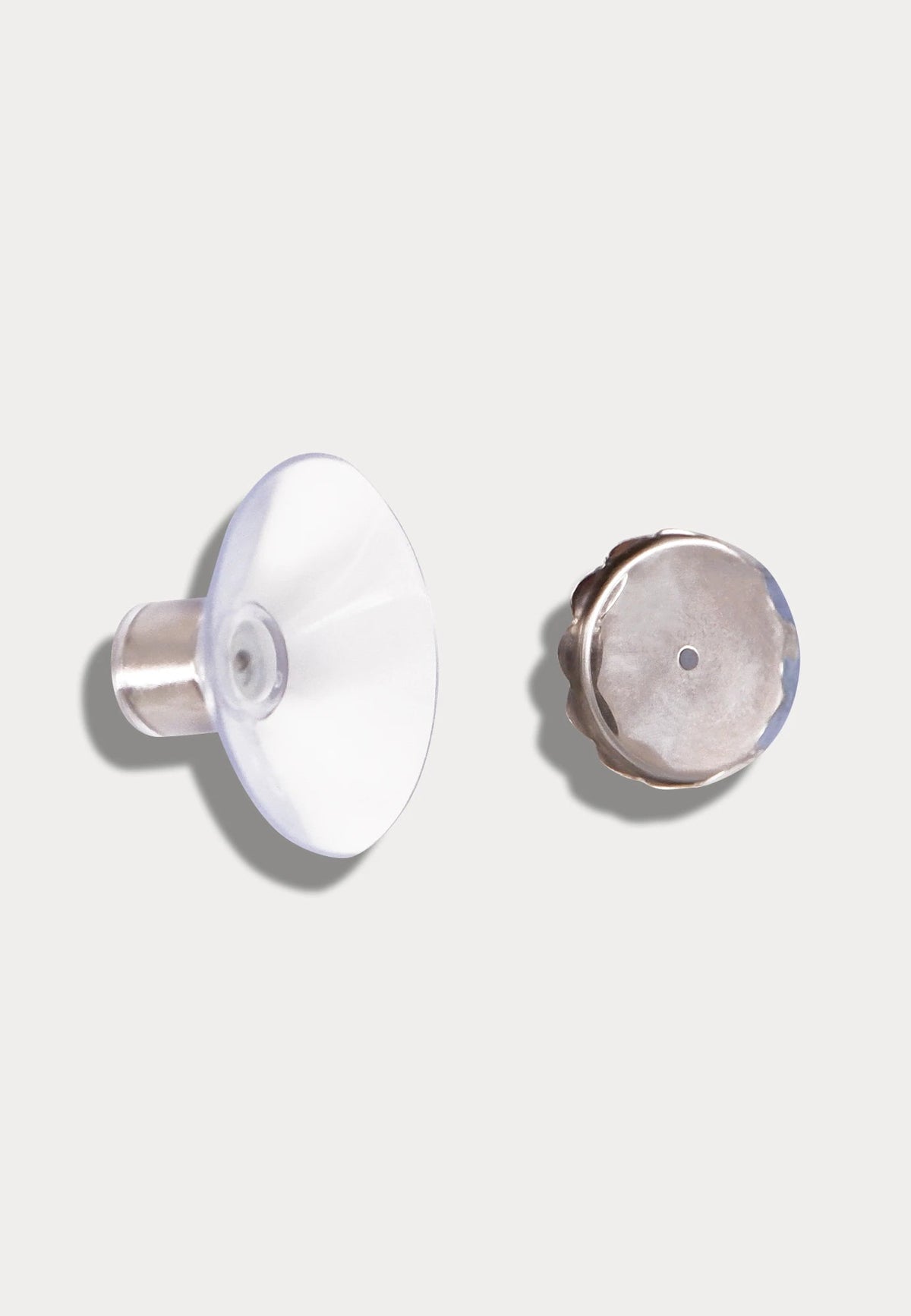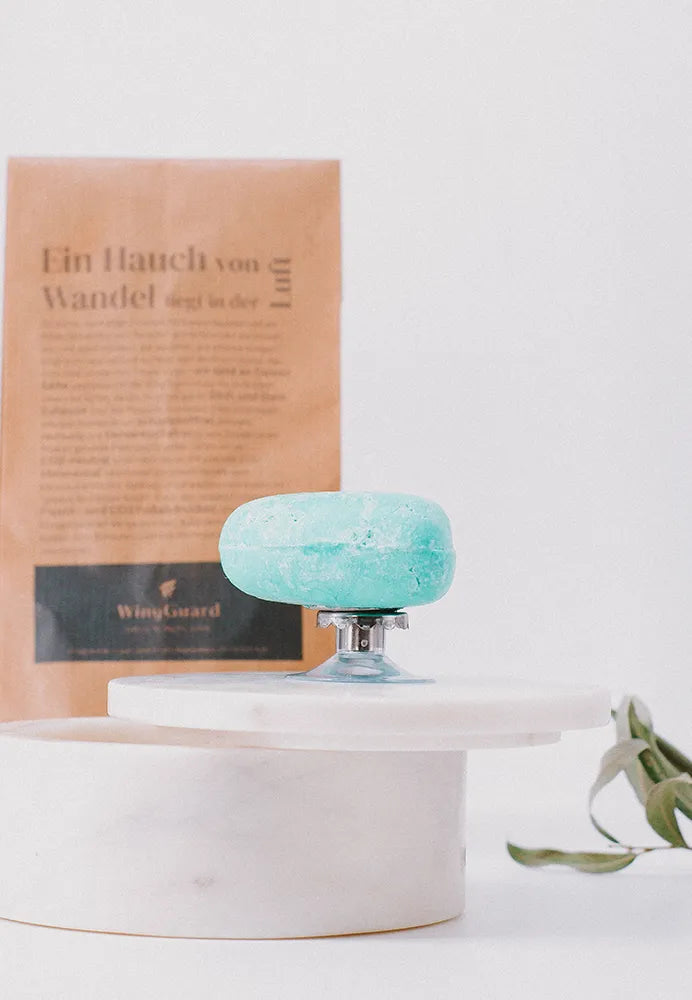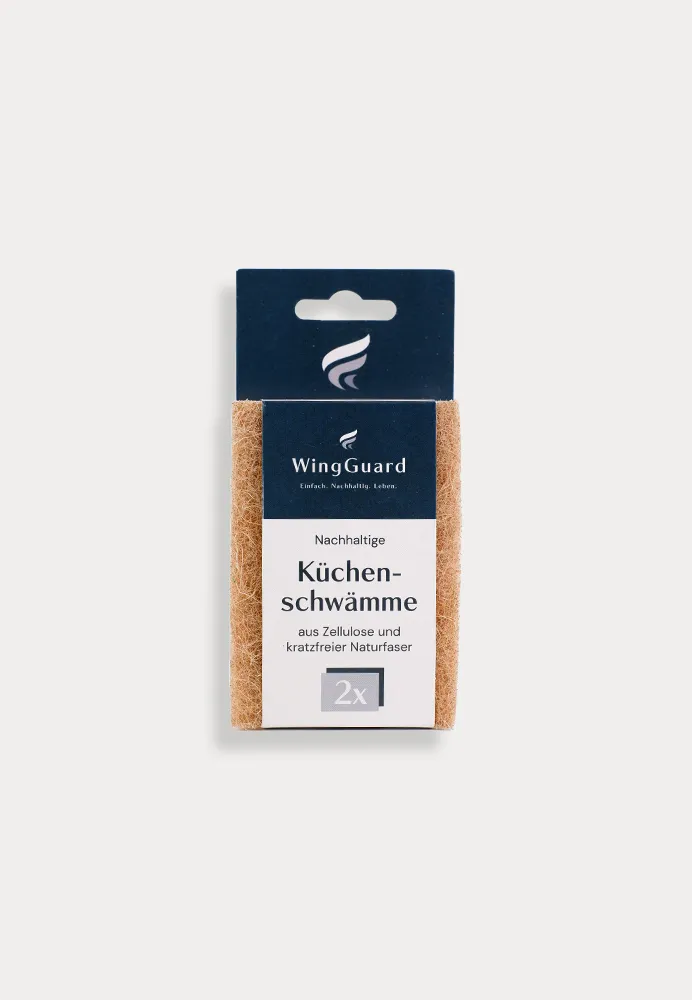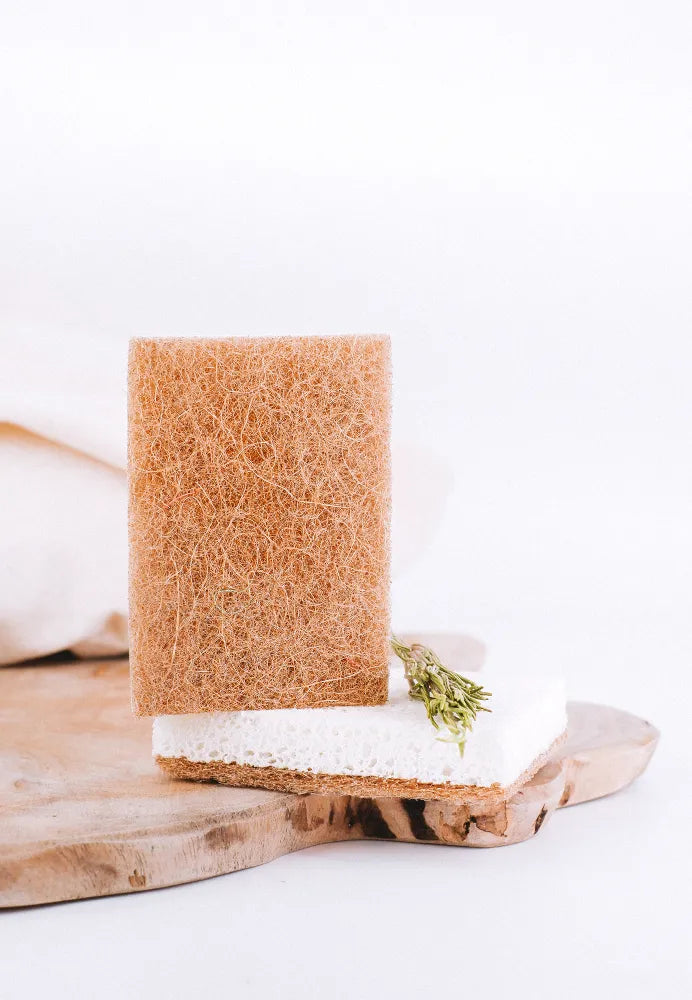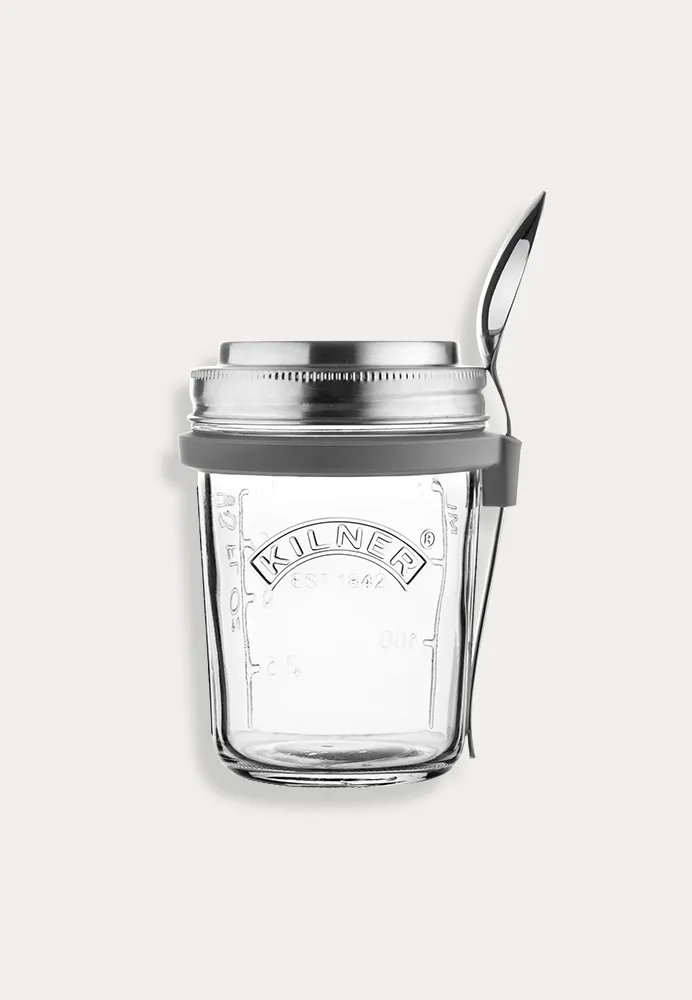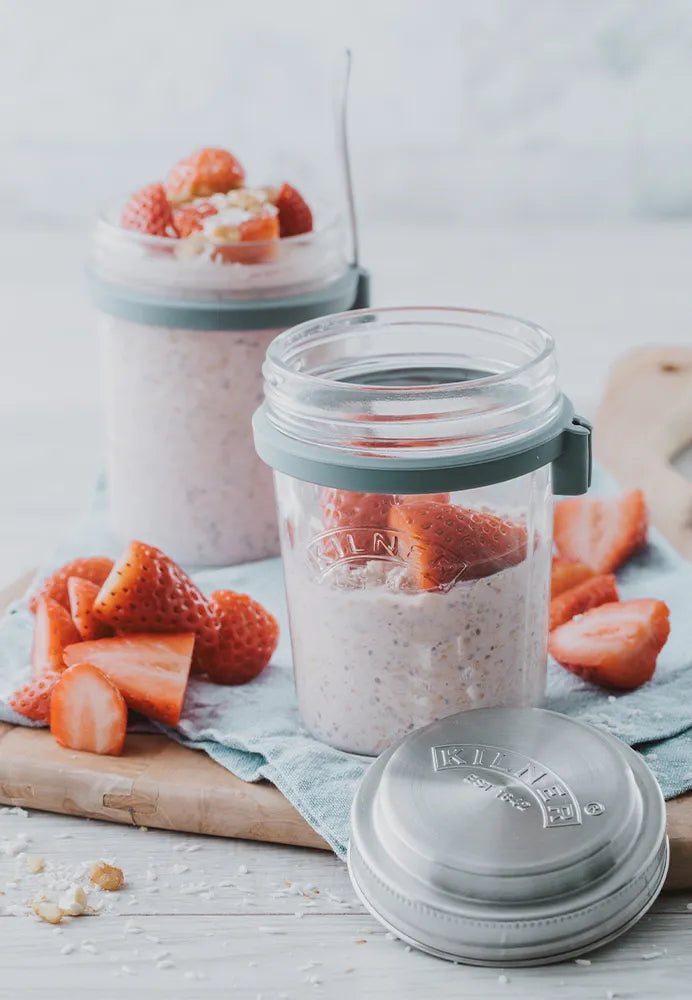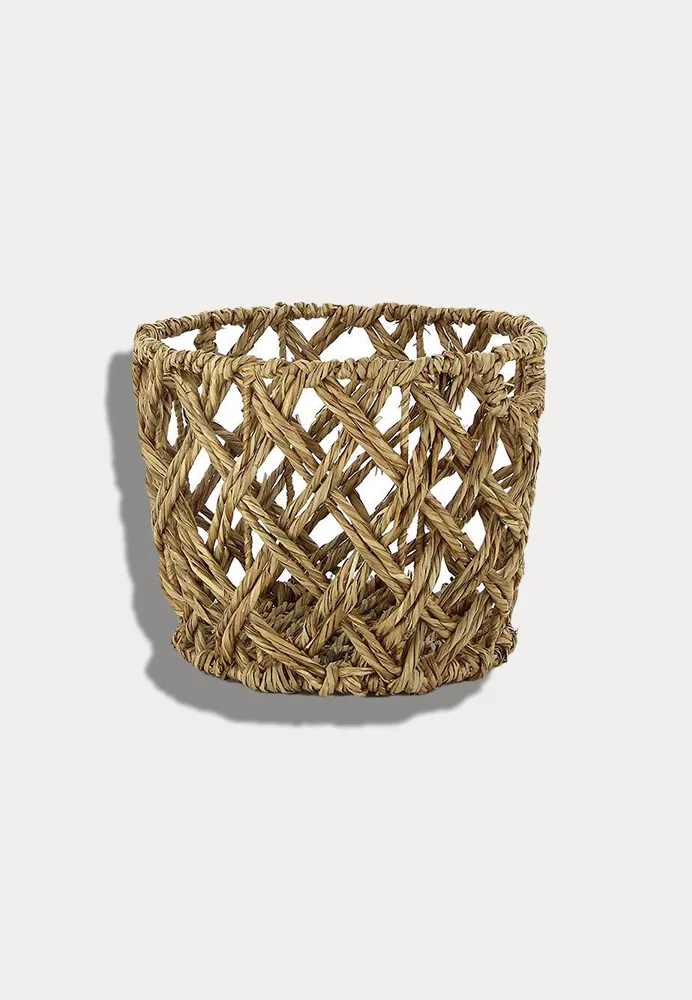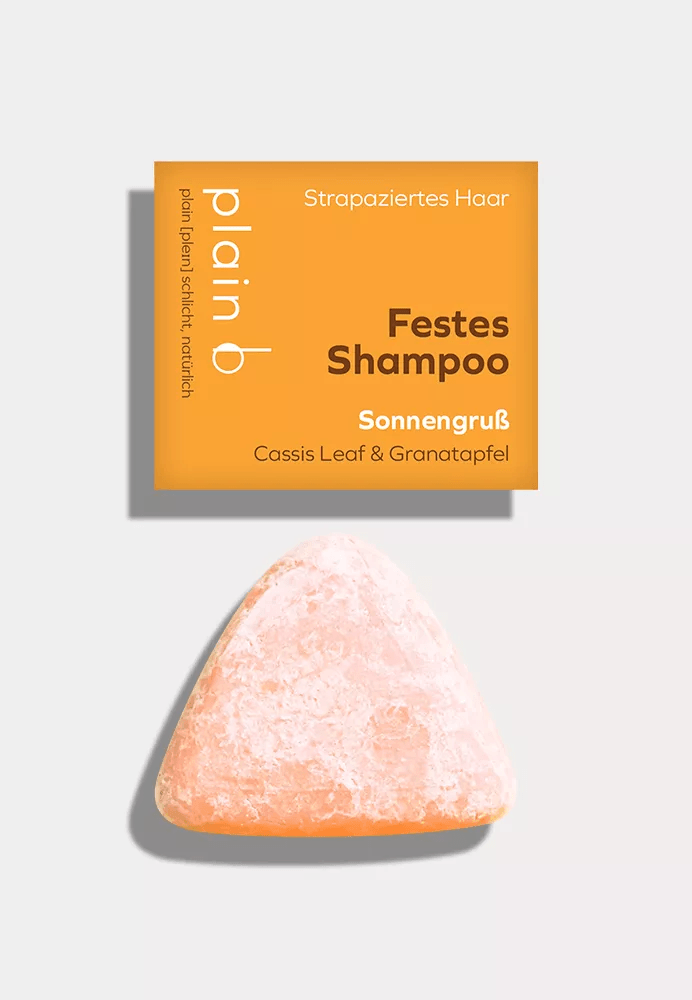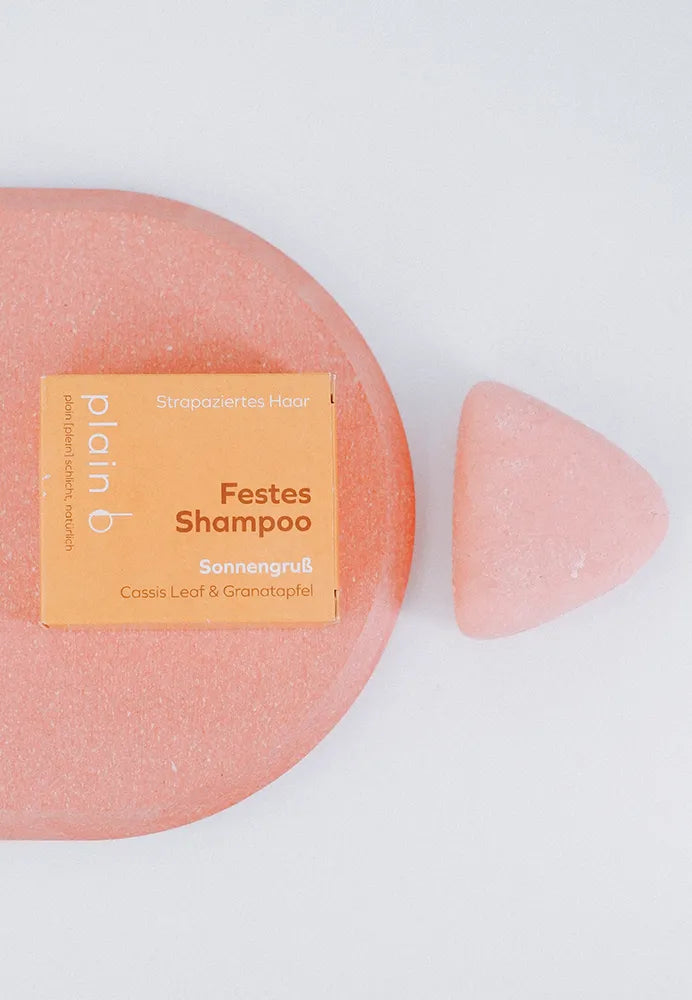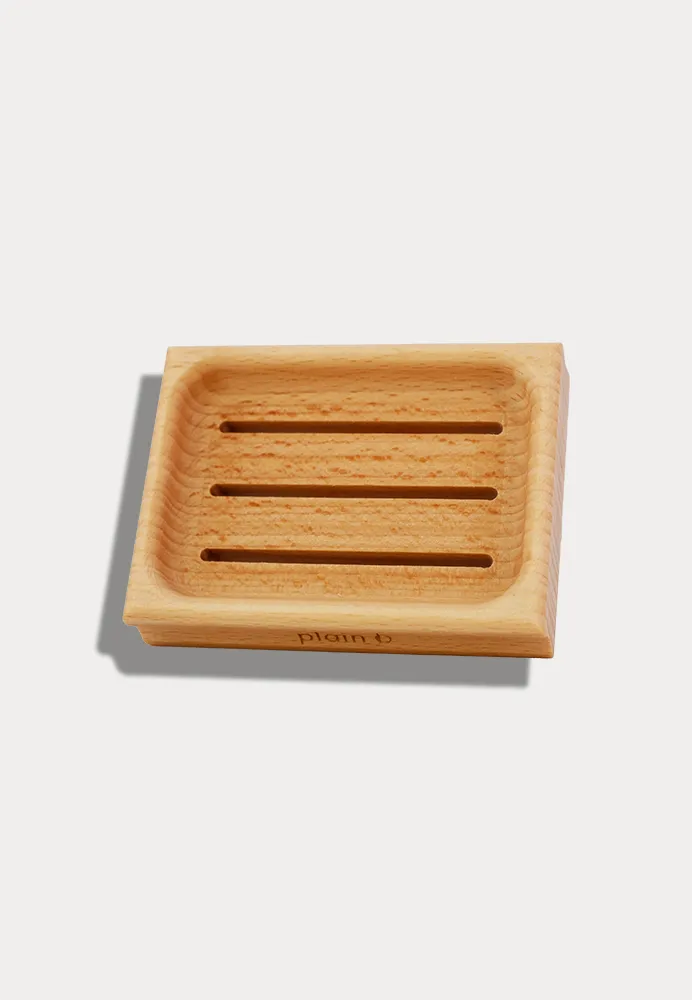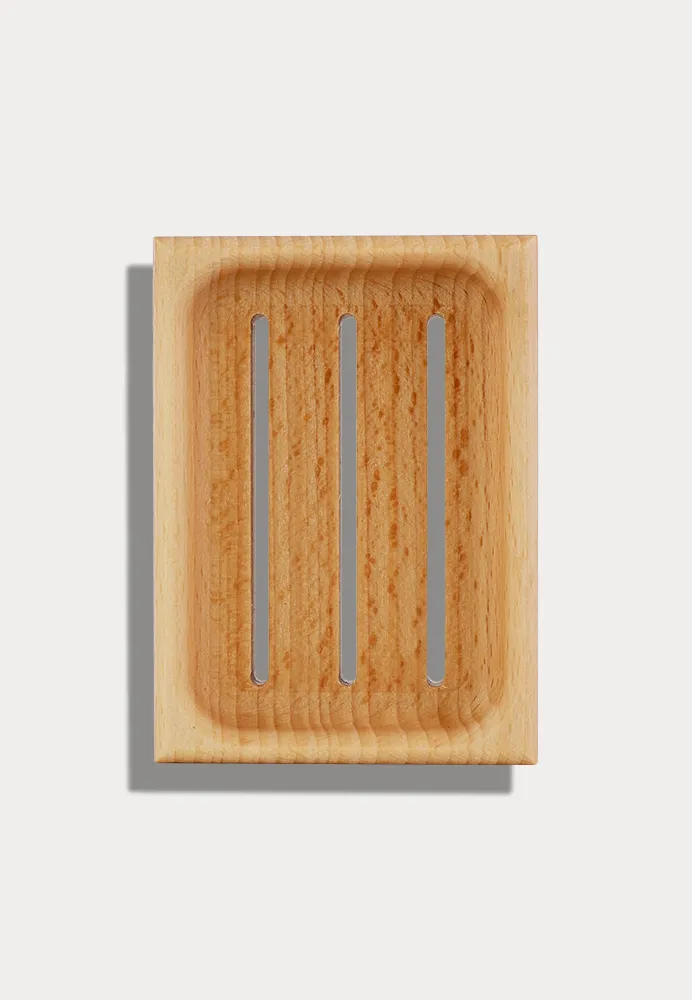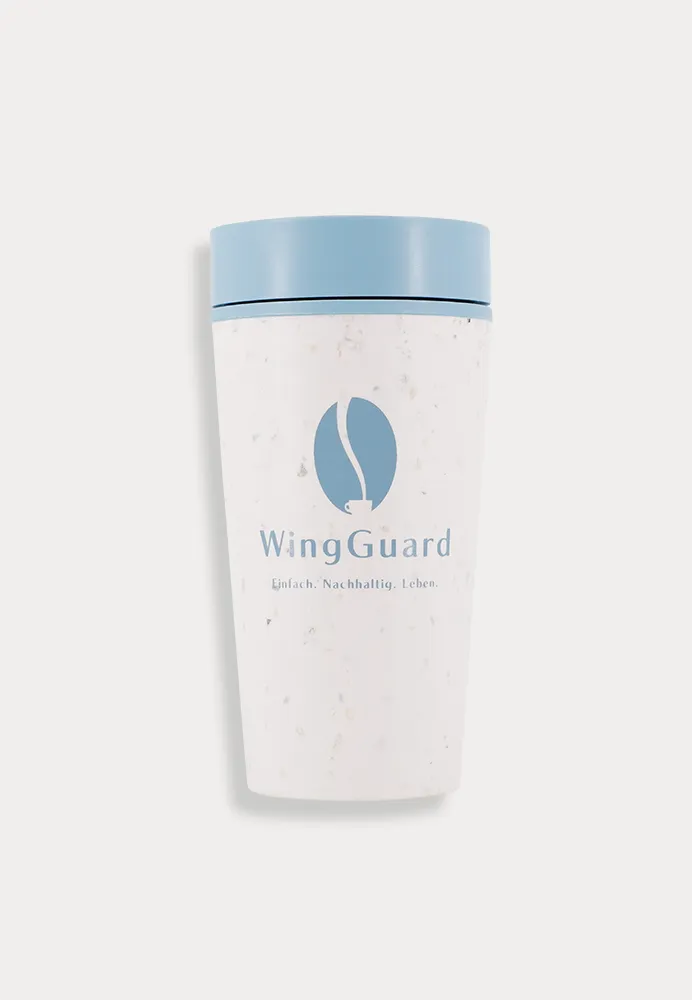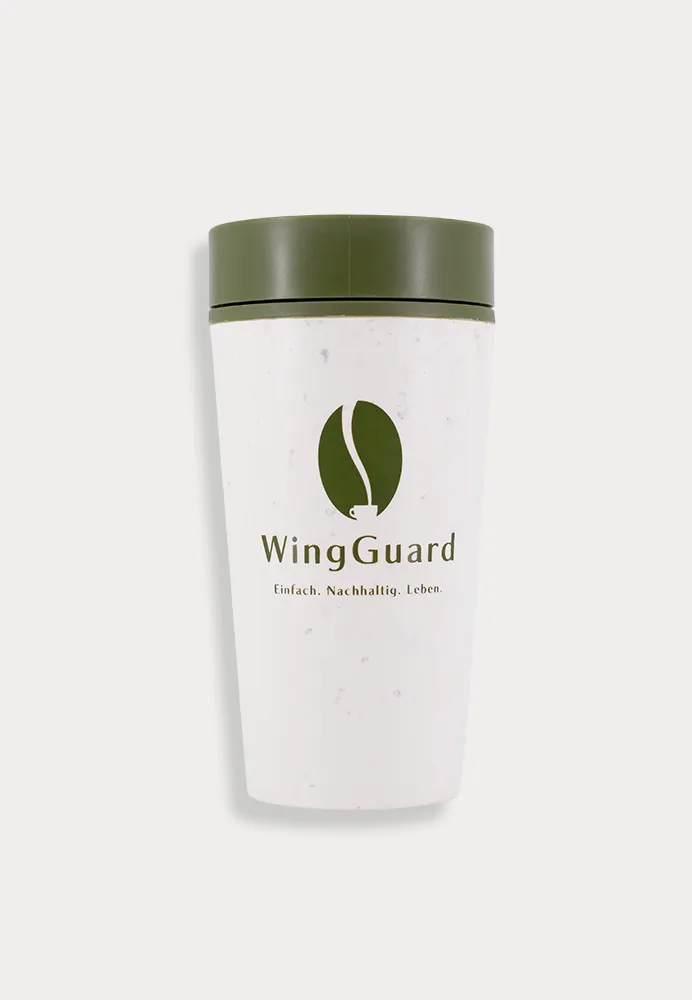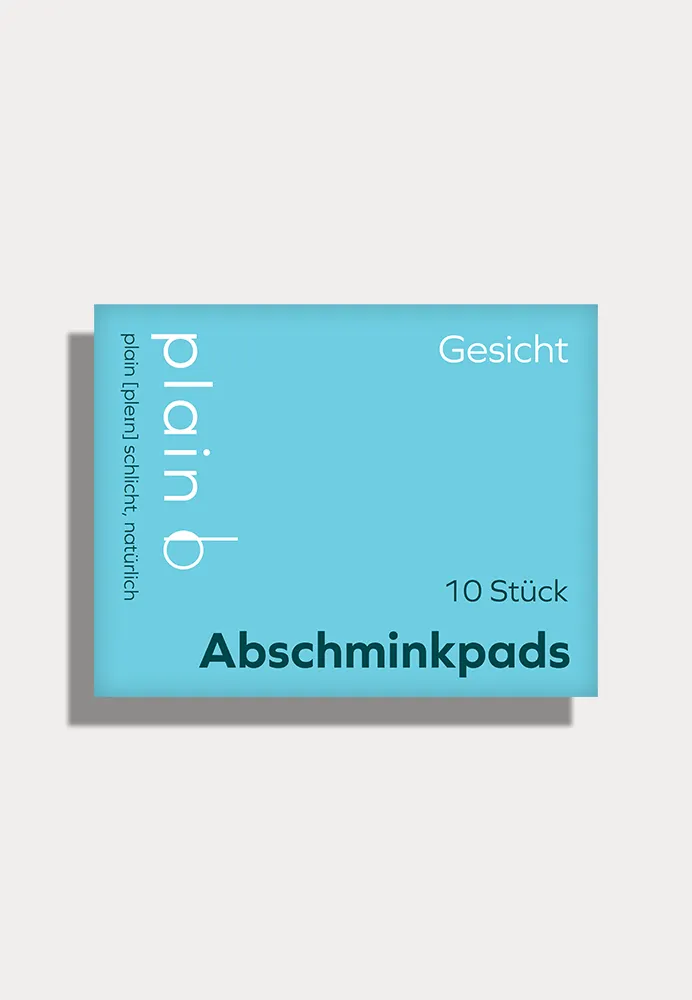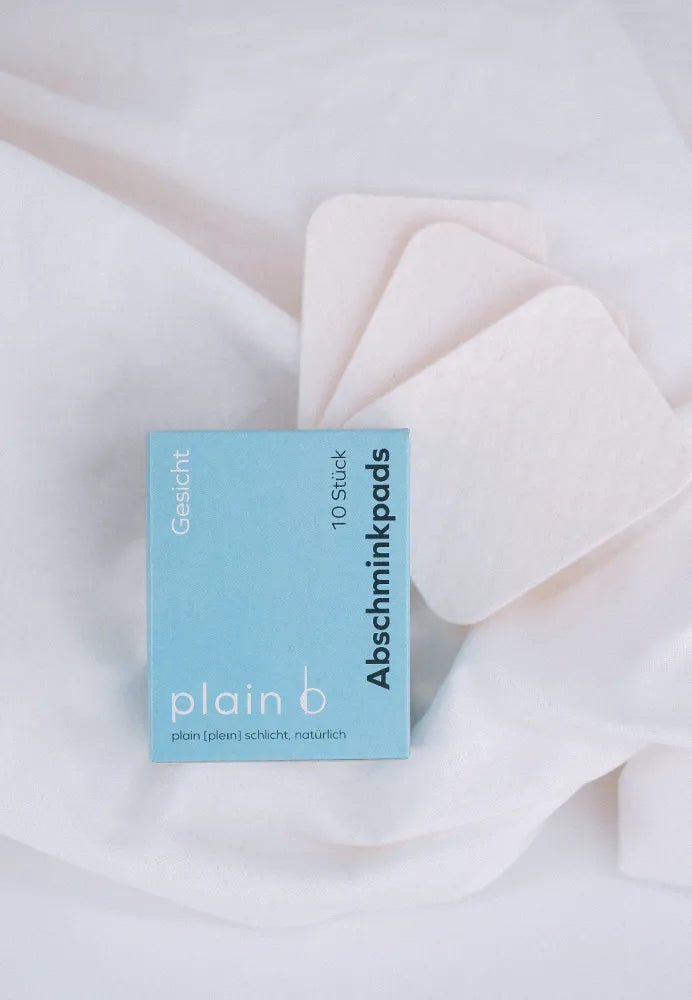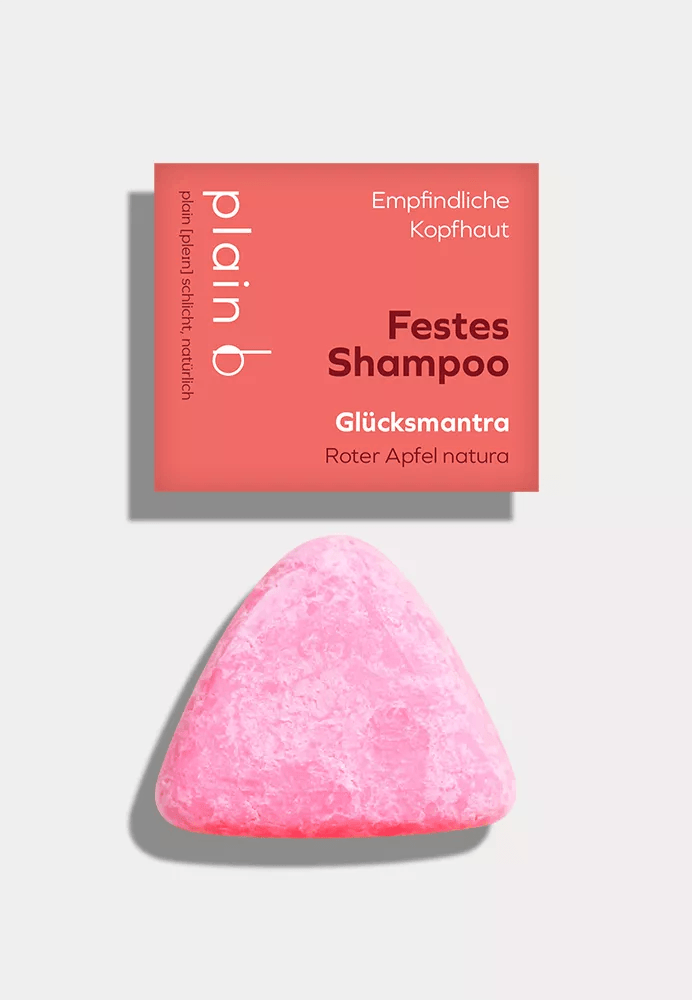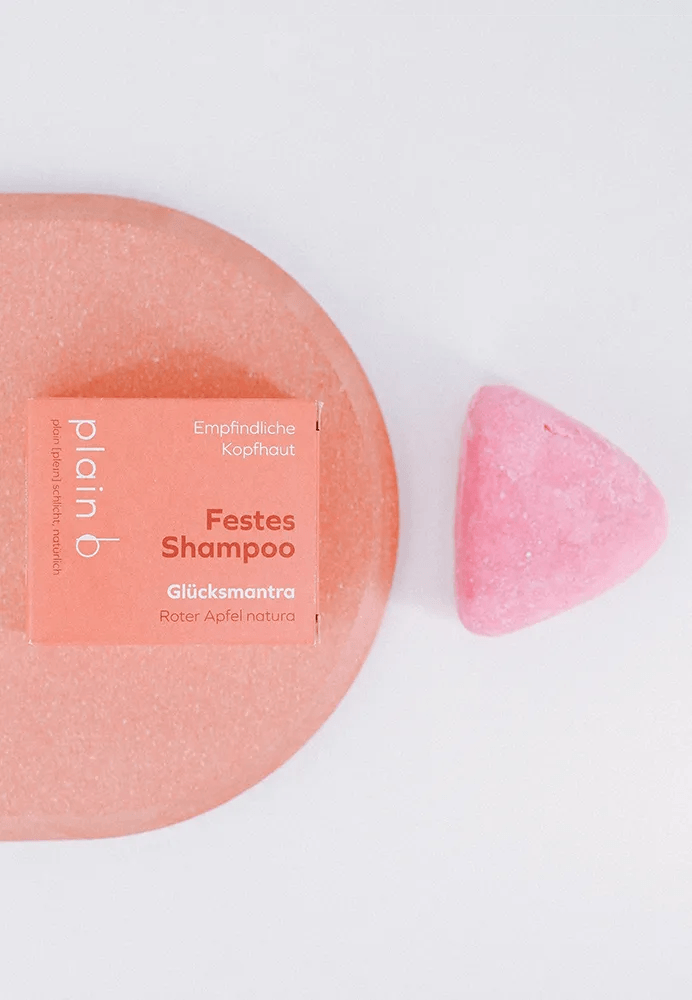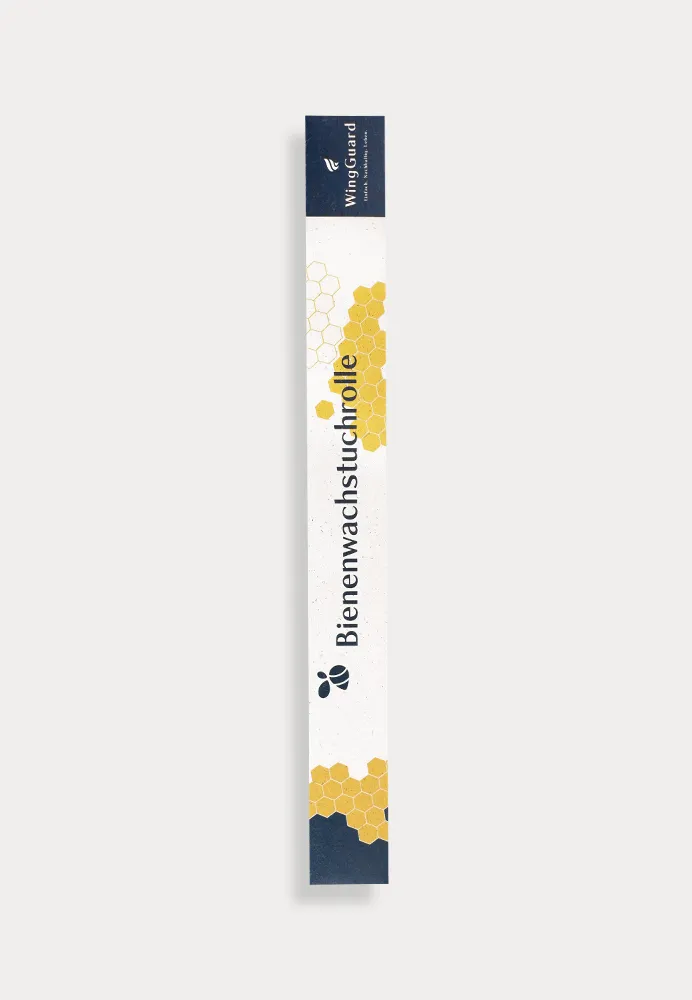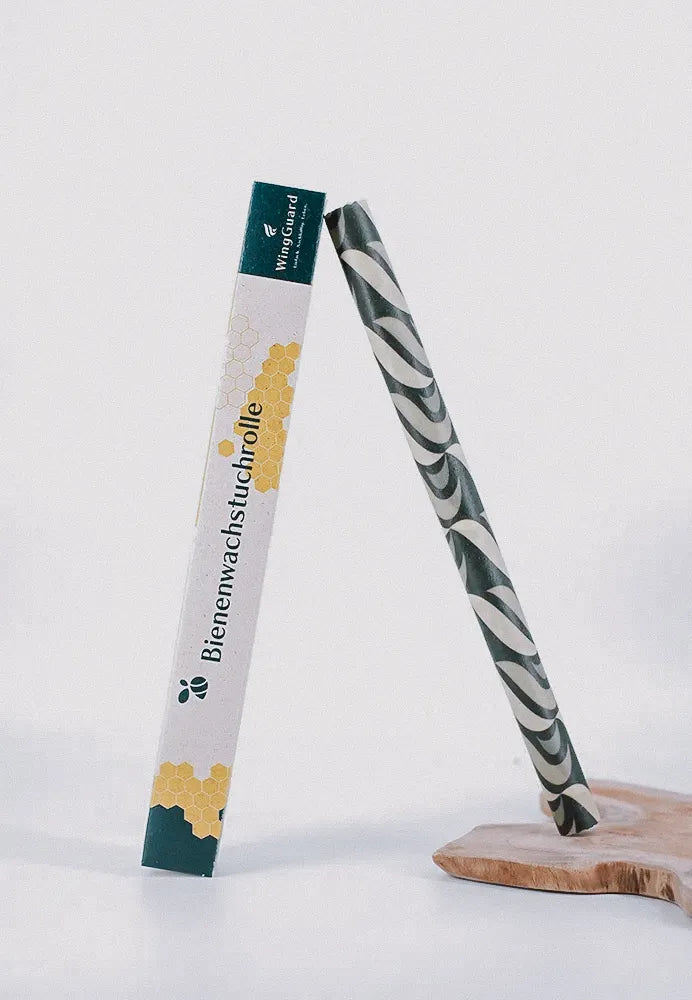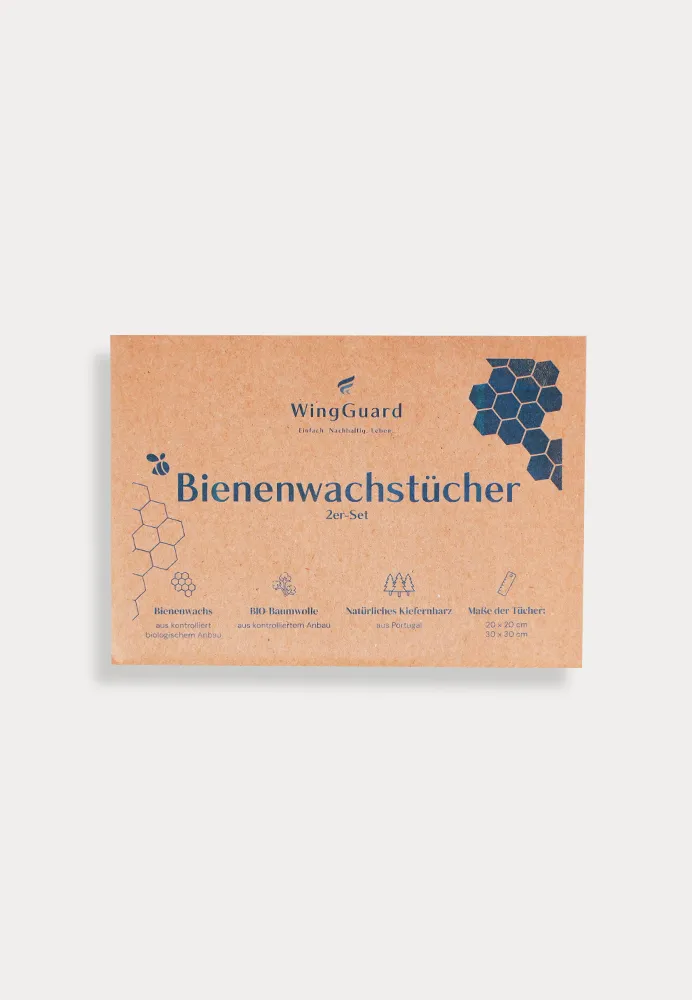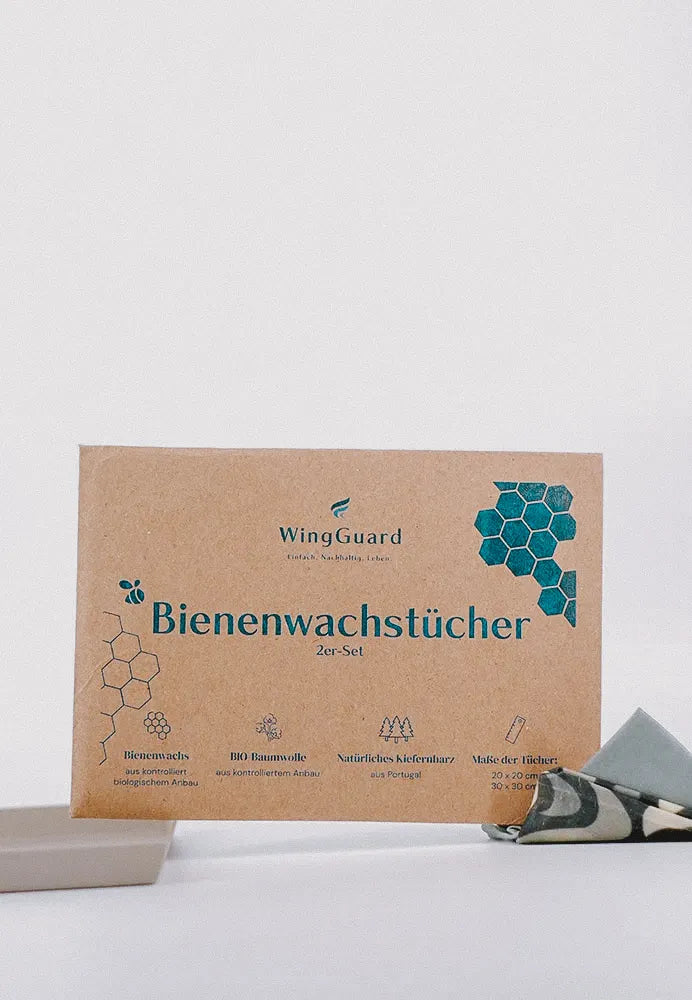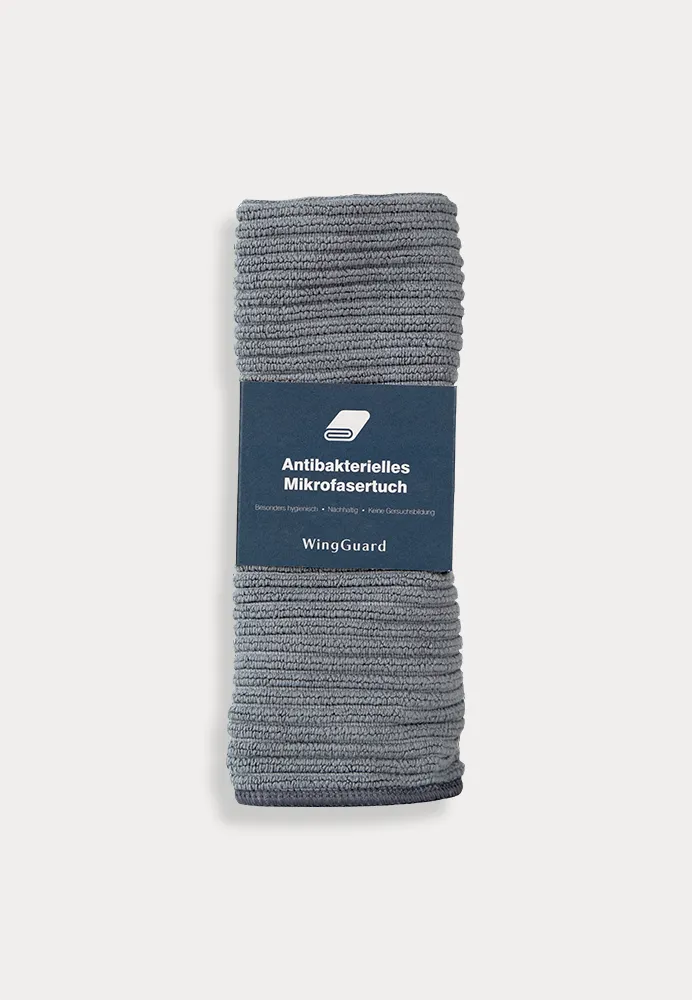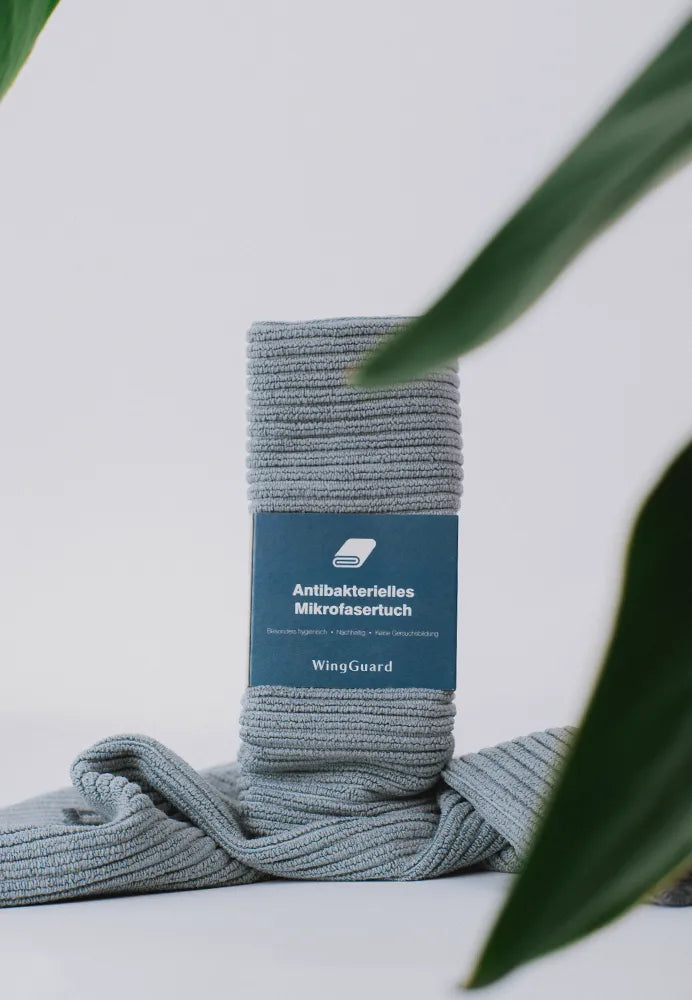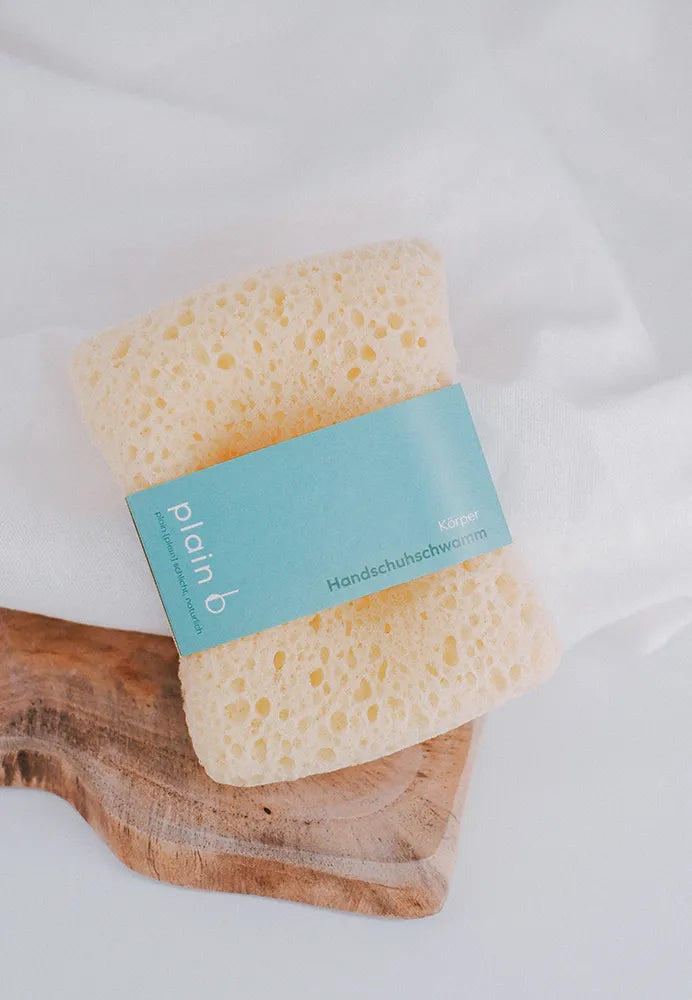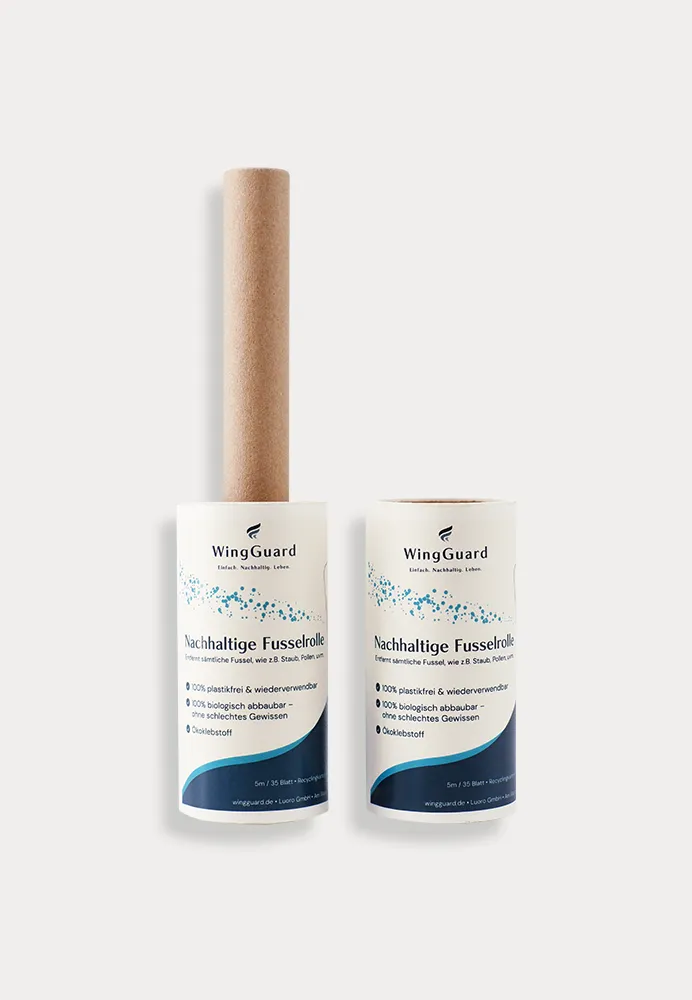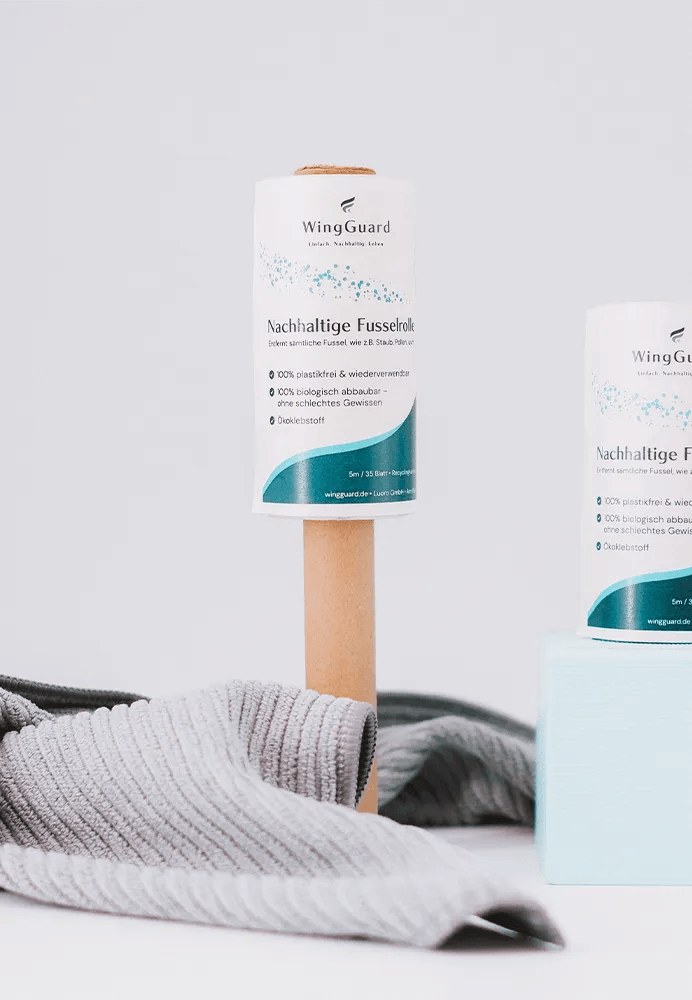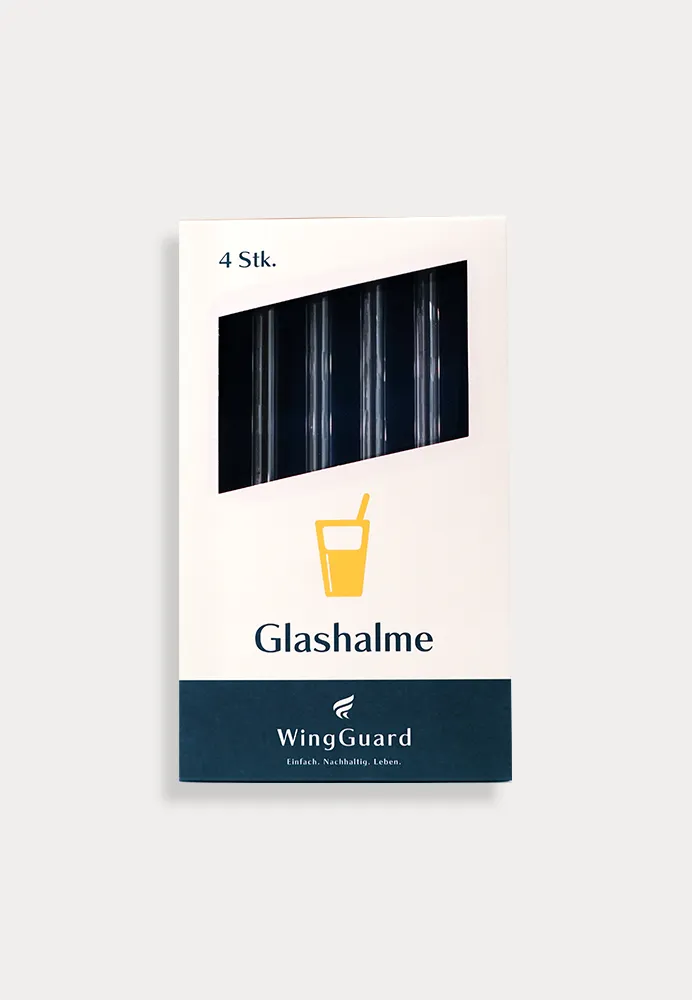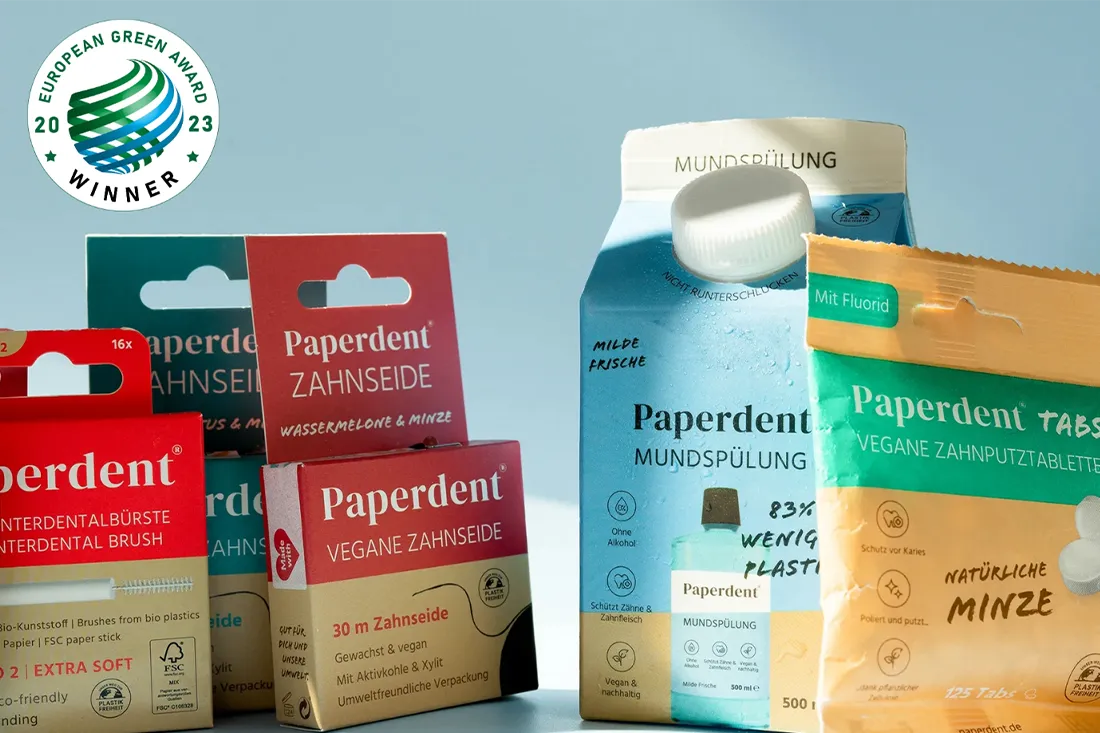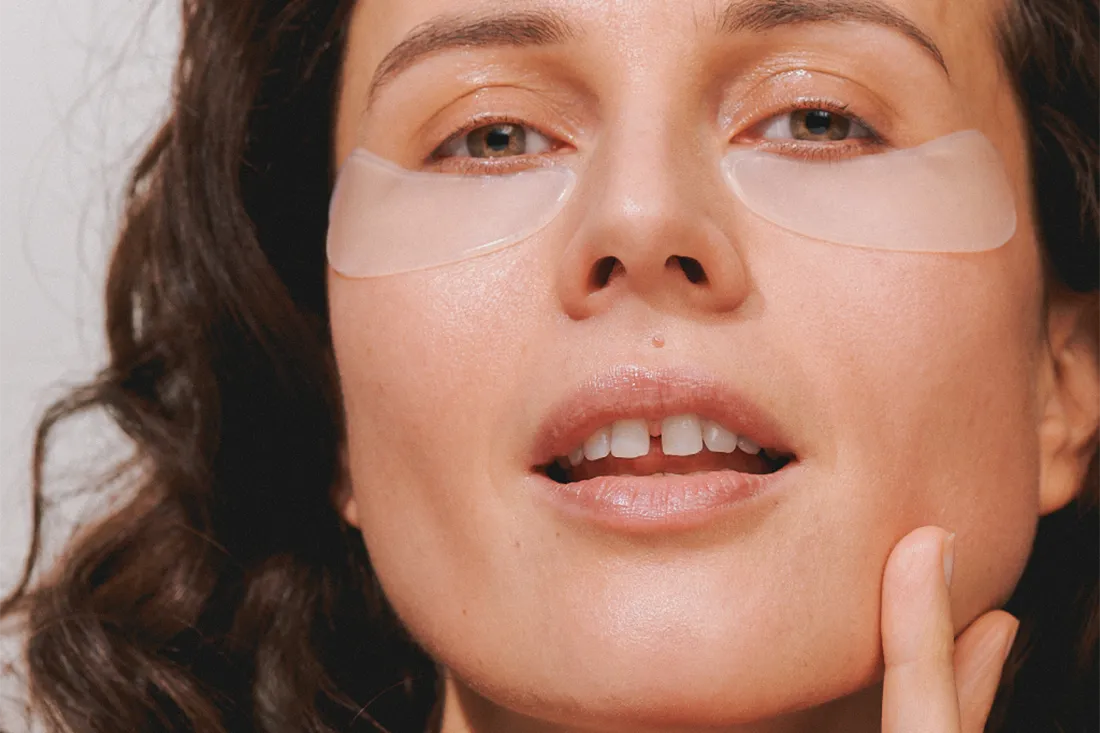Hardly any recyclable material is as ubiquitous as plastic and at the same time as harmful to the environment. You can find out here why Paperdent uses paper instead and where exactly the advantage of paper packaging lies.
With dental floss in paper boxes , interdental brushes with paper handles , mouthwashes in paper boxes and toothbrush tabs in paper bags, Paperdent offers you an ecological all-round solution for oral care at home and at the dentist. The products are particularly suitable for those who are looking for a plastic-free alternative and do not want to forego quality and cleaning performance. But what exactly are the advantages of paper packaging and where is there still room for improvement?

Paper is the new plastic
Oral care products are among the everyday consumer goods with a short useful life, which means they are used up quickly and the products and their packaging end up in the garbage after just a few days or weeks. At Paperdent, the recyclable materials used have therefore been adapted to the product lifetime: Where possible, plastic has been reduced or completely replaced by (FSC-certified) paper. Comparable alternatives mostly rely on bamboo or other, more durable natural materials, which represent a high consumption of resources for single-use products. However, the principle of Paperdent becomes clearest when we take a closer look at a few products.
The patented interdental brush from Paperdent, for example, is produced with a handle made from rolled FSC paper and filaments made from castor oil and, in comparison to conventional interdental brushes, offers a functional and at the same time sustainable product. With each use, around 4g of plastic can be saved. With a consumption of around 150 million interdental brushes in Germany per year (as of 2018), Paperdent helps to save up to 600 tons of plastic. Interdental brushes are also often only reused a few times or end up in the trash immediately. Bamboo, on the other hand, is durable and designed to be reused for months. Even if the alternative with a bamboo handle seems sustainable at first glance, it can be deceiving.

The advantages of paper packaging
Paper almost completely replaces plastic at Paperdent and, as a renewable raw material, is a good alternative. Because even if there are already some bioplastic solutions on the market, the majority of plastic products and packaging are made from petroleum. As a fossil raw material, crude oil is not only available in finite quantities, it is also harmful to our environment. Drilling not only causes irreversible damage to the environment and animals. Extraction and processing also release large amounts of greenhouse gases such as methane and carbon dioxide.
On the other hand, the production of paper often has a lower CO₂ balance than that of plastic and is also more environmentally friendly if the paper used comes from forests that are managed ecologically and sustainably. Paper is also ahead in terms of recyclability. If it is separated according to type, it can be recycled up to 82%, whereas the recycling rate of plastic is only about 59% (as of 2019).

But there is still room for improvement
The big disadvantage of paper compared to plastic: It is not leakproof. For this reason, composite materials made of paper and plastic are usually used for liquid or water-based products. However, these are often less recyclable than pure paper or cardboard. When a paper composite ends up in a paper recycling plant after use, only the paper can be recycled. In most cases, the plastic is separated, but not recycled afterwards, but incinerated.
Paper composite boxes such as Tetrapaks or EloPaks are an exception. The latter is used , for example, in the mouthwash from Paperdent ( https://wingguard.de/products/paperdent-mundspuelung-milde-frische ). Thanks to special waste separation systems, the recyclability of EloPak paper composite boxes in Germany is up to 90%. During the separation process, the composite cardboard can be separated from the remaining components and recycled without any chemicals. The remaining plastic is then recycled, for example, for injection molding applications or granulate for further use and the aluminum for cast parts or for the paint and building materials industry.

If we did a good job, you now understand why paper has clear advantages over plastic. However, it is important for us to emphasize that both materials have their own advantages and disadvantages and the best choice often depends on the application in question. Because, as you now know, Paperdent cannot do entirely without plastic either. Still, it's important to reduce or avoid packaging whenever possible. And that is exactly what Paperdent is committed to.

